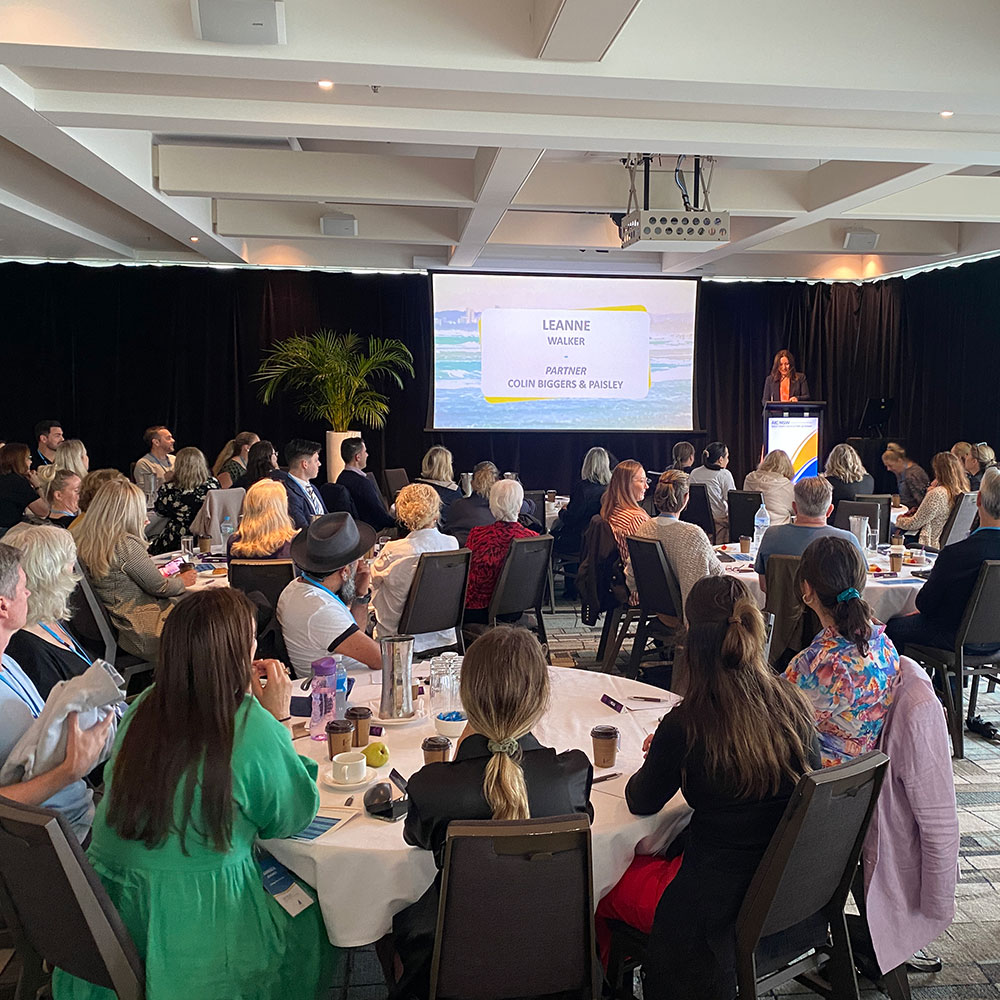Conveyancing in nsw

A Brief History of The
NSW Conveyancing Profession
The evolution of conveyancing
The legal process of transferring property is known as “conveyancing”. Whilst Roman and Jewish law in antiquity had methods of transferring property, it is generally acknowledged that modern conveyancing derived from statutes in England around 1290 with further refinement in 1535. The system was complicated with each document creating a chain of proof of ownership and is now referred to as “Old System Title”.
This was the method used in the early days of colonisation in Australia. In 1857 Sir Robert Torrens introduced a Real Property Act in South Australia which provided for the owners of land to be registered and a certificate of title to issue to prove ownership. This simplified the conveyancing process and allowed for ownership to be more easily identified. This is known as the Torrens system of title registration. The system was gradually introduced throughout Australia and subsequently adopted in England, New Zealand, parts of Canada and 20 states of the USA. There is still a small number of properties in NSW held as “Old System” but these will be converted to the Torrens system as the properties are sold.
Conveyancers in NSW
From the archival records of property transfer in New South Wales, which date from the late 1790’s, conveyancers practiced without any legal status or recognition. In 1847 an approved system of certifying conveyancers became established. The Practice of Conveyancing Act (2 Vic 33) provided that a person could apply (for a fee) to the Supreme Court to become a certified conveyancer.
There were never more then 73 certified conveyancers practicing in New South Wales up to the introduction of the Legal Practitioners (Amendment) Act in 1933. This Act provided that no further certificates to practice as a conveyancer would be granted and the number declined with the natural passing of time.? Eventually, by 1967 the four remaining conveyancers were granted restricted Solicitor’s Certificates by the Law Society of New South Wales.
Licensed Conveyancers
By 1989 a small group of unregulated practicing conveyancers joined together to create and develop a cohesive body, The Association of Property Conveyancers Ltd, to lobby the State Government to re-establish official regulatory licensing of conveyancers.? These conveyancers were mainly paralegal persons with skill in conveyancing operating under the direction of a nominee solicitor.
The Association eventually became the NSW Division of the Australian Institute of Conveyancers and joined with other States to gain recognition of conveyancing as a profession. After much lobbying of NSW State parliamentarians, the profession gained recognition with the passing in 1992 of the Conveyancers Licensing Act which acknowledged there was a role for non-lawyers in conveyancing. The 1992 Act restricted conveyancers to conveyancing of small residential properties.
The regulation and control of licensed conveyancers came under the Law Society of NSW. The initial number of licenses granted under the Act was 43. About this time, the NSW Government introduced a deregulation approach to the legal profession to break the monopoly of solicitors. In 1994 the legal profession became deregulated in that no longer were costs in most aspects fixed to a scale. It also became apparent that the Conveyancers Licensing Act 1992 was only partially able to expand consumer choice and break the conveyancing monopoly as the scope of work that could be carried out by licensed conveyancers was restricted and the control by the Law Society was anti-competitive.
The Conveyancers Licensing Act 1995 expanded the work that could be performed by licensed conveyancers to encompass commercial and rural property and businesses. It also passed control of the profession from the Law Society to the Department of Fair Trading as it was most desirable to have an independent body administer the Act. The Department controls the licensing of conveyancers and handles all matters under the Act.
The Institute is now the professional body representing conveyancers in NSW and? has representatives sitting on committees with the various Government Departments. It is also consulted on the educational requirements for licensed conveyancers including mandatory continuing education. Since the 1992 Act, the number of licensed conveyancers has grown with a proliferation of conveyancing firms now offering specialist conveyancing services to the public.



